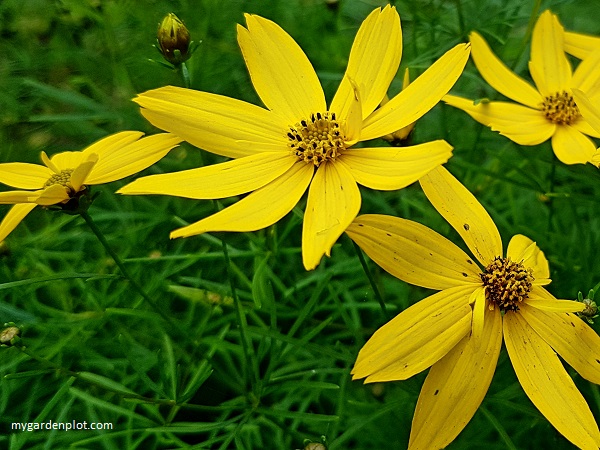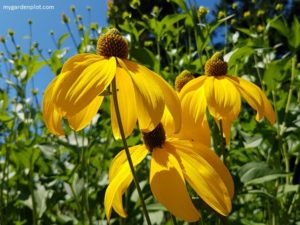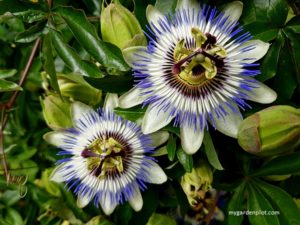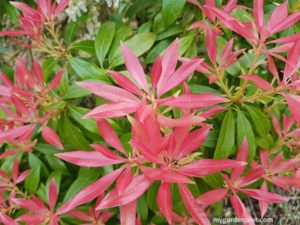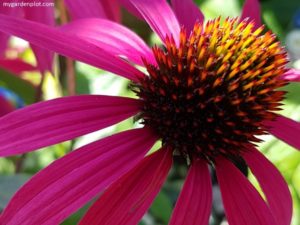About Coreopsis (Tickseed)
Coreopsis, also known as ‘tickseed’, is a popular perennial plant with its sunny yellow and occasionally pink, orange or red blooms. They bloom from early to late summer. There are many coreopsis types, some with single or double flowers, hardiness levels, and different sizes. They are easy to grow and make delightful cut flowers, especially the taller varieties. These ornamental summer-blooming flowering plants are hardy and can tolerate poor soil conditions, some shade, heat, drought, and humidity. With their compact form and masses of flowers, coreopsis is perfect for a herbaceous garden border with its bright yellow flowers. Coreopsis is very suitable for container gardening, and some are great for rock gardens. Following is a planting and care guide for your coreopsis to ensure your tickseed plant blooms its best throughout summer.
This popular summer garden plant is native to North America. The common name tickseed is a curious one. The reason? The black seeds do look like ticks!
Coreopsis (Tickseed) At A Glance
Type: Perennial / Tender Perennial / Annual
Location: Full Sun
Blooming Season: Summer
Size: varies from 30 cm (12 inches) to 60 cm (2 feet)
When To Prune: Cut Back Late Autumn
Plant Hardiness Zones: 3 – 10
How To Plant And Grow Coreopsis (Tickseed)
Plant your coreopsis in late spring. While they can tolerate relatively poor soil conditions, they thrive in well-drained, average to sandy, fertile soil. Water moderately.
Coreopsis can be grown from seed. Direct sow in spring, or start indoors in late winter. Spacing is recommended at about 30 cm (12 inches) apart.
Perennials benefit from being divided in spring.
Do not overfeed; actually, it’s better not to fertilize, as this will encourage leaf growth at the expense of flowers and possibly develop a floppy growth habit.
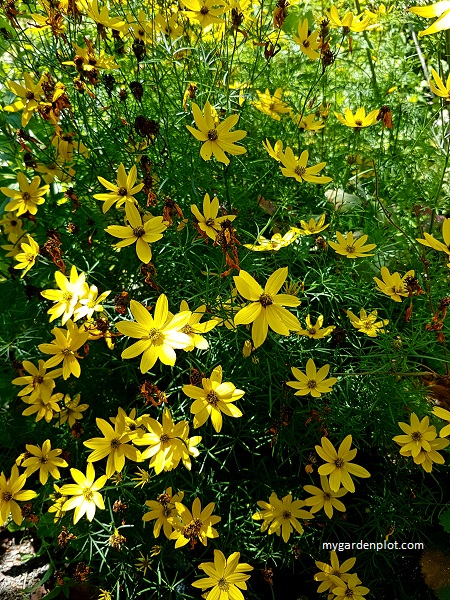
RELATED TOPIC: Plants With Daisy-Like Flowers
Deadheading And Pruning Coreopsis (Tickseed)
To encourage new blooms, deadhead coreopsis as the flowers die.
Cut off the long stem with the faded flower down at the base of that
particular stem. Deadheading will not only encourage new growth but more
flowers throughout the summer and autumn.
Coreopsis can also handle any pruning if you need to control its growth or shape it during the summer. Taller varieties may need staking.
In late autumn, cut down the perennials shoots down to the soil level.
Pests And Diseases That Affect Coreopsis (Tickseed)
Coreopsis is usually trouble-free, except with rabbits, slugs and snails. It is deer resistant. If the area is too damp and overcrowded, it can be affected by blight or powdery mildew.
Recommended Coreopsis Plants
C. lanceolata (Lanceleaf Tickseed) – This hardy perennial can reach 90 cm (36 cm) and suitable for zone 3 areas. It has stiffer stems so perfect as cut flowers. The bright yellow blooms have a ragged-edge petal.
C. grandiflora (Early Sunrise Tickseed) – Suitable for zone 4, this perennial forms a compact clump at the base. It has bright green leaves, with bright yellow semidouble-petals. It is somewhat short-lived but will reseed itself.
C. verticillata (Firefly Tickseed) – This Coreopsis has beautiful yellow and red bicolored blooms. It is hardy to zone 5. It is smaller, about 30 cm (12 inches) tall, and its dense, compact form makes it perfect for containers and garden borders.
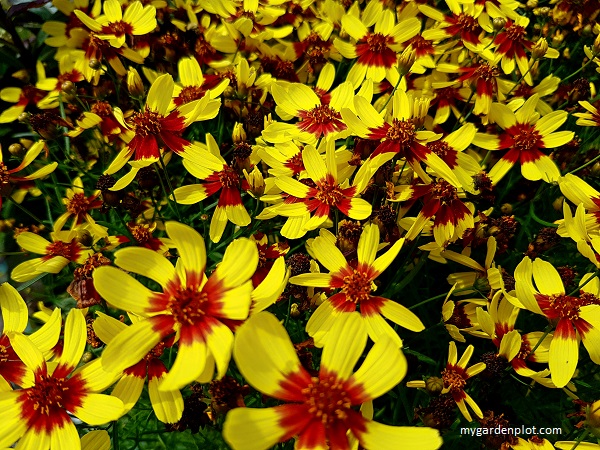
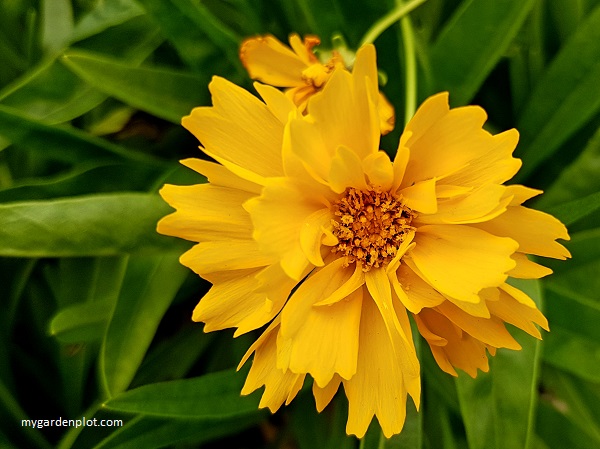
Spend more time in the garden! Large choice of gardening supplies for your garden bed and maintaining lawns, and fun art and sculptures for your garden and vegetable patch. Check out the latest deals for garden supplies. View the awesome deck decorations and patio furniture, and the necessary garden tools, and more.

